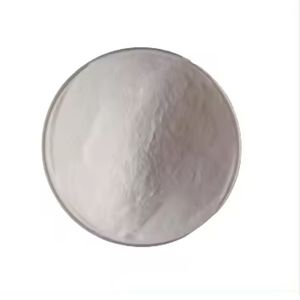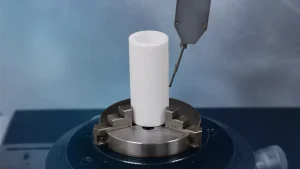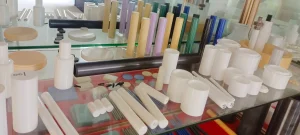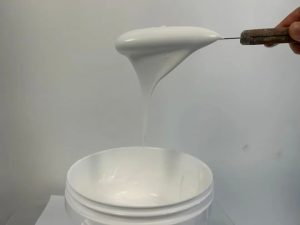Professional industry ceramic supplier, silicon nitride, silicon carbide, aluminum nitride and any other kinds of ceramics.
1. Introduction
When you think of silicon carbide, you might picture ceramic brake discs, bulletproof vests, or even high-end cookware like a silicon carbide ceramic baking dish. But one of its most demanding—and least visible—applications happens in the ultra-clean, ultra-hot heart of semiconductor manufacturing: the silicon carbide crucible.
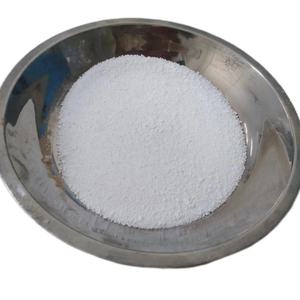
These specialized containers are essential for growing monocrystalline silicon crystals, the foundation of every microchip in your phone, laptop, and electric vehicle. Unlike kitchenware or industrial tiles, this use case demands near-perfect purity, extreme thermal stability, and resistance to molten silicon—a combination few materials can match.
2. Why Silicon Carbide Crucibles Are Indispensable in Crystal Pulling
Monocrystalline silicon is typically grown using the Czochralski (CZ) method, where high-purity polysilicon is melted at around 1,420°C and a seed crystal is slowly pulled from the melt to form a single-crystal ingot. The crucible holding this molten silicon must survive not just the heat, but also chemical attack and thermal shock.
Traditional options like alumina (Al2O3) or zirconia crucibles can contaminate the melt with oxygen or zirconium ions, creating defects that ruin semiconductor performance. Enter the silicon carbide crucible—engineered for minimal reactivity and exceptional thermal conductivity.
- Silicon carbide maintains structural integrity above 1,600°C
- Its low thermal expansion reduces cracking during rapid heating/cooling cycles
- It resists wetting by molten silicon, preventing crucible erosion
3. Silicon Carbide vs. Other Advanced Ceramics in High-Temperature Melting
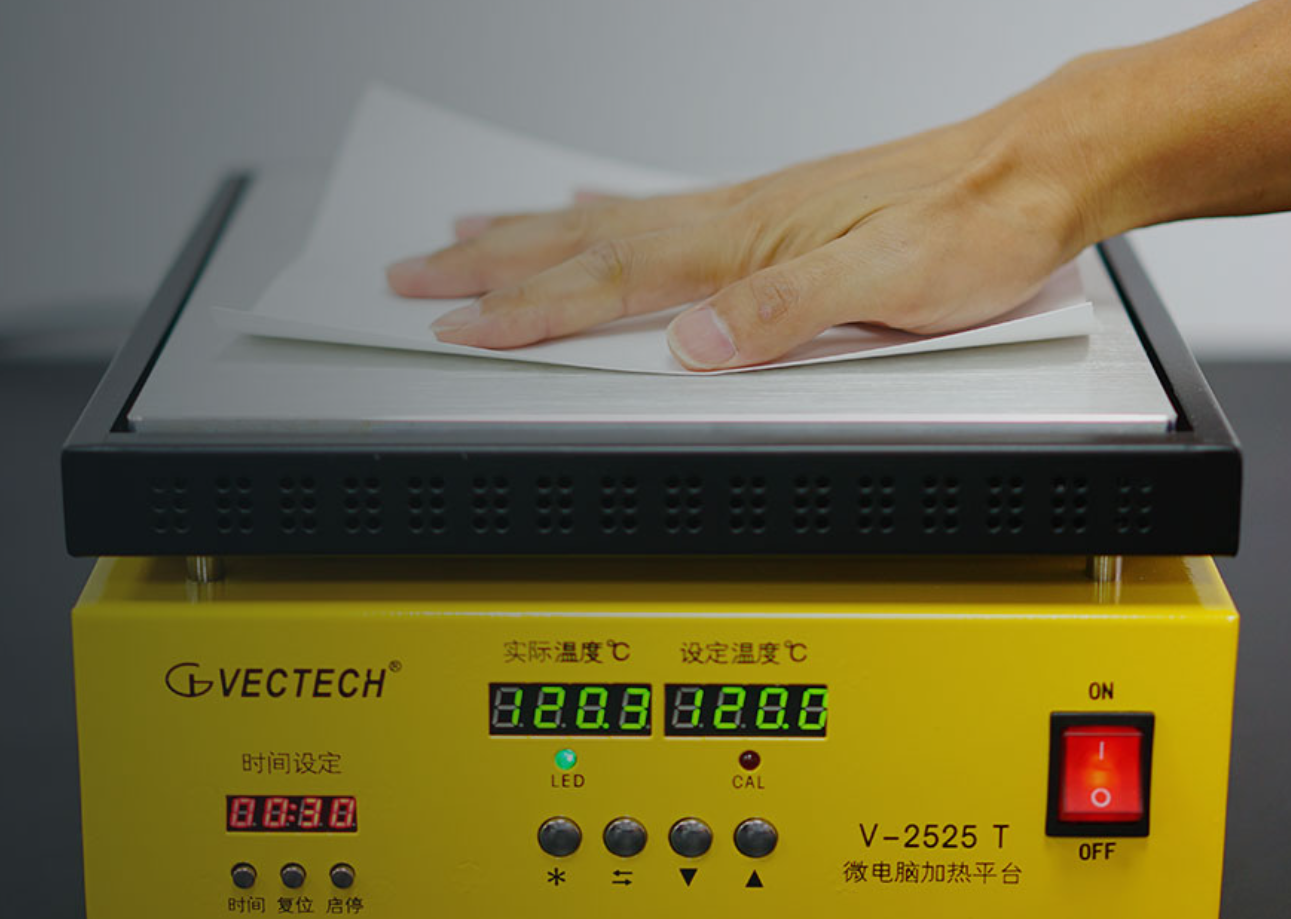
While boron carbide vs silicon carbide debates often focus on hardness or armor applications, in crucible design, silicon carbide wins for semiconductor use due to its balance of purity, cost, and manufacturability. Boron carbide, though harder, can introduce boron impurities that alter silicon’s electrical properties.
Silicon nitride crucibles—produced by a silicon nitride crucible factory—are excellent for some molten metal applications, but they’re less stable in direct contact with molten silicon at CZ process temperatures. Similarly, zirconia crucibles suffer from phase instability and oxygen release.
Even advanced options like boron nitride or aluminum nitride fall short in scalability or mechanical strength for large-diameter wafer production. Silicon carbide remains the gold standard for >300mm wafer growth.
4. Beyond the Crucible: Supporting Components in the Furnace Ecosystem
The silicon carbide crucible doesn’t work alone. It’s part of a high-performance ceramic ecosystem inside the crystal puller furnace. Components like silicon carbide ceramic columns, silicon carbide rings, and silicon carbide burner nozzles help maintain uniform temperature and gas flow.
For insulation and support, manufacturers often pair the crucible with rbsic silicon carbide tile blocks or silicon carbide bricks. These provide structural stability while minimizing heat loss. Meanwhile, silicon carbide thermocouple protection tubes ensure accurate temperature monitoring without contamination.
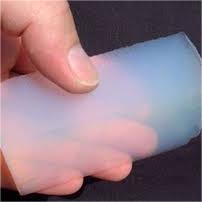
Even silicon carbide tubes—especially porous or high-purity variants—are used for gas injection or vapor control, showcasing how versatile this advanced ceramic is across the entire process.
5. Purity Matters: The Push for Ultra-Clean Silicon Carbide
Not all silicon carbide crucibles are equal. Semiconductor-grade versions require ultra-low levels of iron, aluminum, and other metallic impurities. This has driven innovation in raw material sourcing and sintering techniques, including reaction-bonded (RBSiC) and sintered SiC with high-purity additives.
The high purity silicon nitride powder market may be booming, but for crucibles in direct silicon contact, silicon carbide’s native compatibility gives it an edge. Even trace contaminants from furnace linings or support hardware can diffuse into the melt—so every component, from silicon carbide ceramic plates for dinner (no, not those!) to silicon carbide disc taps in cooling systems, must be evaluated for outgassing and leaching.
6. Future Outlook: Scaling Up Without Compromising Quality
As the demand for larger, more perfect silicon wafers grows—driven by AI chips, EVs, and 5G—the pressure on crucible performance intensifies. Researchers are exploring composite designs, such as silicon carbide-zirconia tubes or silicon carbide mullite hybrids, to enhance thermal shock resistance without sacrificing purity.
Meanwhile, manufacturers are refining machining techniques to produce custom silicon nitride heat shields and silicon nitride plates that complement—but don’t replace—the core silicon carbide crucible in the hottest zones.
7. Conclusion
From your smartphone to the Mars rover, the journey of a semiconductor chip begins in a glowing crucible of molten silicon. And in that extreme environment, the unsung hero is often a precisely engineered silicon carbide crucible. Far removed from silicon carbide ceramic dinner plates or baking dishes, this niche application exemplifies how advanced ceramics enable the technologies defining our future.
Our Website founded on October 17, 2012, is a high-tech enterprise committed to the research and development, production, processing, sales and technical services of ceramic relative materials such as Silicon. Our products includes but not limited to Boron Carbide Ceramic Products, Boron Nitride Ceramic Products, Silicon Carbide Ceramic Products, Silicon Nitride Ceramic Products, Zirconium Dioxide Ceramic Products, etc. If you are interested, please feel free to contact us.

